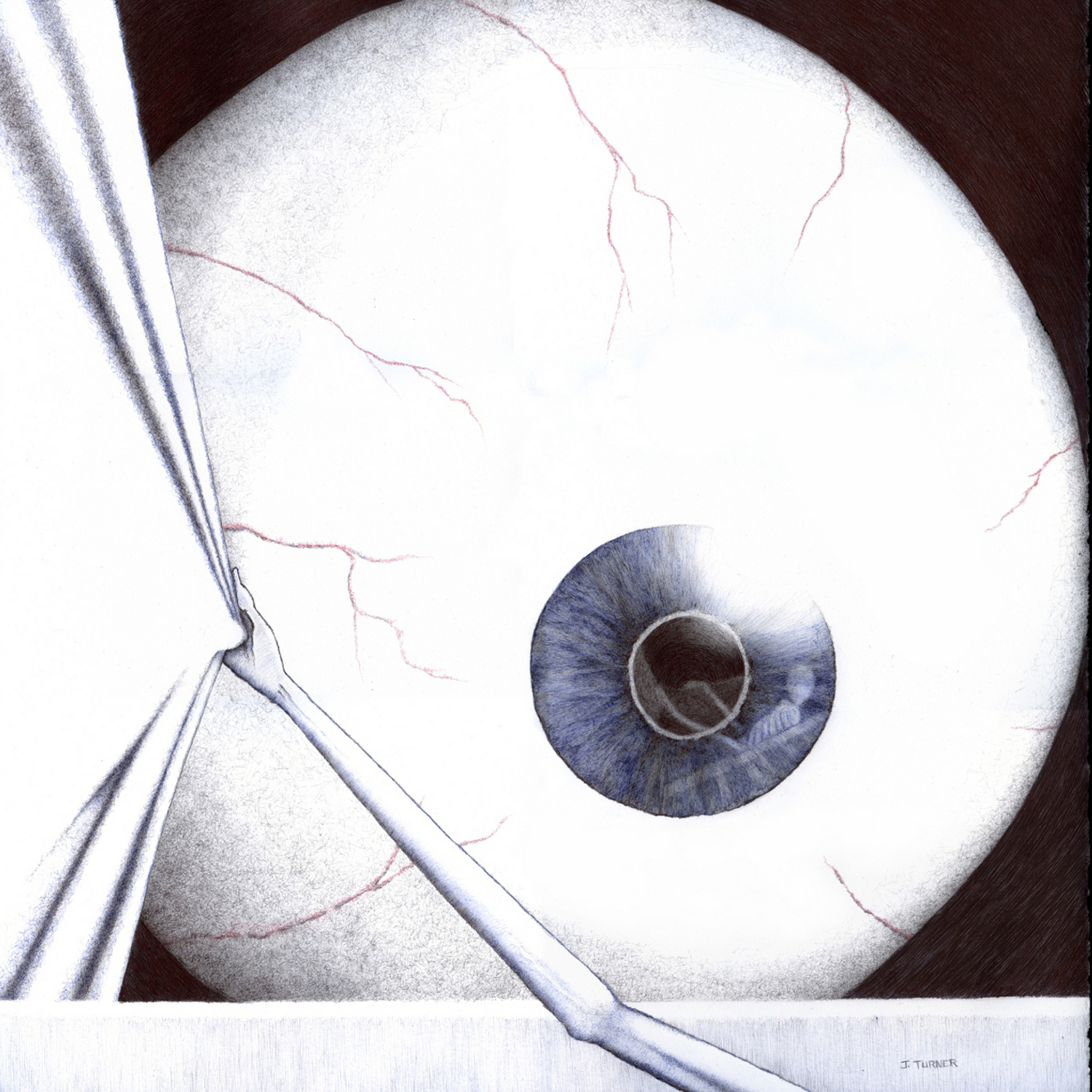drunken paw Artist Statement
drunken paw is a collaborative trio comprised of three artists; Mark Dicey, Leslie Sweder and Janet Turner. In a single sitting, our trio creates multiple images simultaneously. Three separate drawings are rotated between the three artists with each taking part in the conversation by reacting to what the others have previously expressed. The responses become automatic, primitive and at times transcendent as the momentum of the session builds. Eventually the group lands on some triangulation of a shared experience, the residual effect of this being a lush landscape both of our collective subconscious and the environment we live in --- all culminating in our own form of magic realism.
On occasion, drunken paw invites other artists to collaborate with us. These collaborators are chosen specifically because we are drawn to the way they think and approach their own individual practices. Through collaborating in this way we invite new influences into our tightly woven trio. This new influence becomes a catalyst for the direction each work will take in that session. Through providing their imagery to work on (as have photographers) or joining in a drawing session with us, the collaboration then becomes a practice in community building as we open up to the influence of our peers.
Although we have shared some wonderful sessions in our homes, our preference is to work in public. We choose cafes, local bars or public houses, places where people gather socially. The public space drunken paw collaborates in is chosen for its atmosphere: the people, energy, sights, sounds and music. As a whole, drunken paw feeds off the rhythm and movement of the surrounding scene, all the while drawing fervently. We are "there" but "not there", vividly moving the entire experience through us. In this sense, the finished works do not adhere to a monologistic aesthetic. The drawings, while not relational in and of themselves, become a visual record of relations -- between us, our environment and an actively living audience.
Working in public allows both the process of drawing and that of collaboration to become visible to the public at large. There is not a trapped or passive audience. Rather, our audience consists of whoever ventures through or past the space. They are welcome to engage us or not. Either way, our work infects the environment around us as it is in progress and we become part of the dance rather than simply recorders of it. We are the observers and the observed, aware that as much as we are infected by our surrounding environment, our energy is also contagious.
















